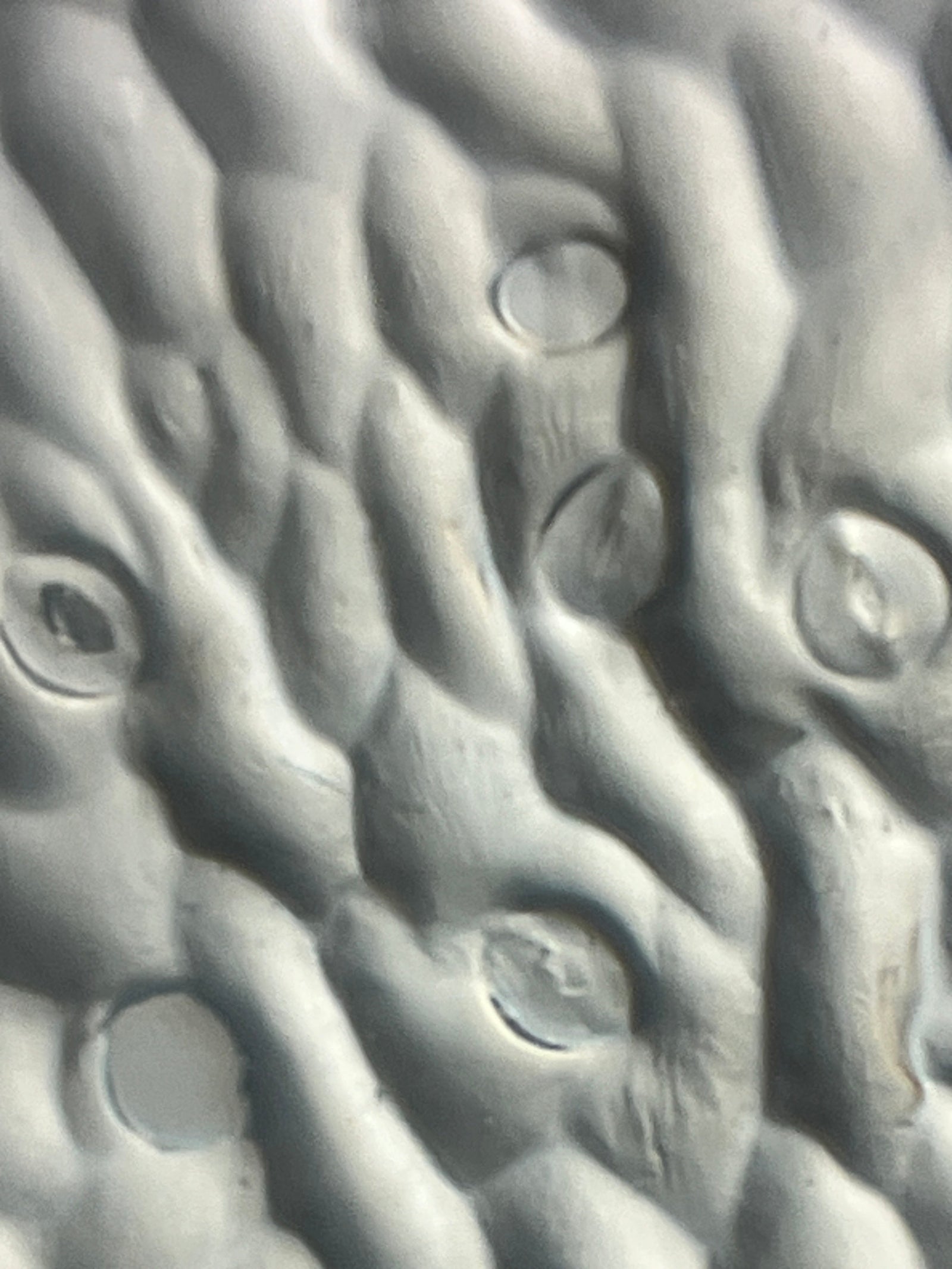As the weather continues to get warmer, I have been seeing more and more dandelions popping up. Watching the bright yellow flowers transform into the white fluffy seeds pulls me back to my childhood. Plucking the stem gently so as not to disturb the seeds, making a wish, blowing them all away, and watching them fly off brings a sense of hope, joy, and peace to my day. This time I decided to look at the dandelion fluff under my Foldscope 2.0! Read on to find out what I saw!

Seed Production
Did you know that one dandelion plant can produce upwards of 5,000 seeds a year? And that each of these seeds have the ability to travel up to 5 miles? It is no wonder that dandelions pop up everywhere in lawns, sidewalks, and gardens from spring through fall!

Seed Attachments
Each dandelion flower is able to produce anywhere from 50 to 150 seeds. The dandelion seeds are attached to a white disk that looks like a pincushion when all of the seeds have been blown away.

The seeds are connected to the white fluffy pappus by a thin stalk. It is interesting to see the thick three dimensional quality of the stalk under a Foldscope. The stalk ensures that the seed will stay securely attached to the pappus during its flight!

Pappus
The dandelion pappus is actually made up of several bristles. The bristles are aerodynamic and can catch the wind enabling the seeds to be carried for miles. The secret revealed by my Foldscope 2.0 is that there are microscopic hooks that stick out of the bristles!

Also, when viewed under a microscope, the bristles have a transparent quality leading to some fun interactions with light. When the LED light is shifted slightly to the side (for darkfield viewing), the bristles refract the light causing rainbow patterns to appear!

This little journey reminded me again to slow down and look at the world around me with new eyes. Everything, even what we see every day, has something new and beautiful to share with us if we only take the time to really look at it.

Have you looked at dandelions under a Foldscope 2.0? Use your Foldscope to dive into the microscopic world and find the beauty that is there waiting for you. Share your microscopic images and thoughts on the Microcosmos. Be sure to tag us on social media when you post the results of your explorations, creations, and discoveries! We love to see how Foldscopers around the world are using their Foldscopes in new and innovative ways!
Facebook: @Foldscope
Twitter: @TeamFoldscope
Instagram: @teamfoldscope
Threads: @teamfoldscope
Sources:
https://www.gardenia.net/guide/dandelion-surprising-facts-you-didnt-know



